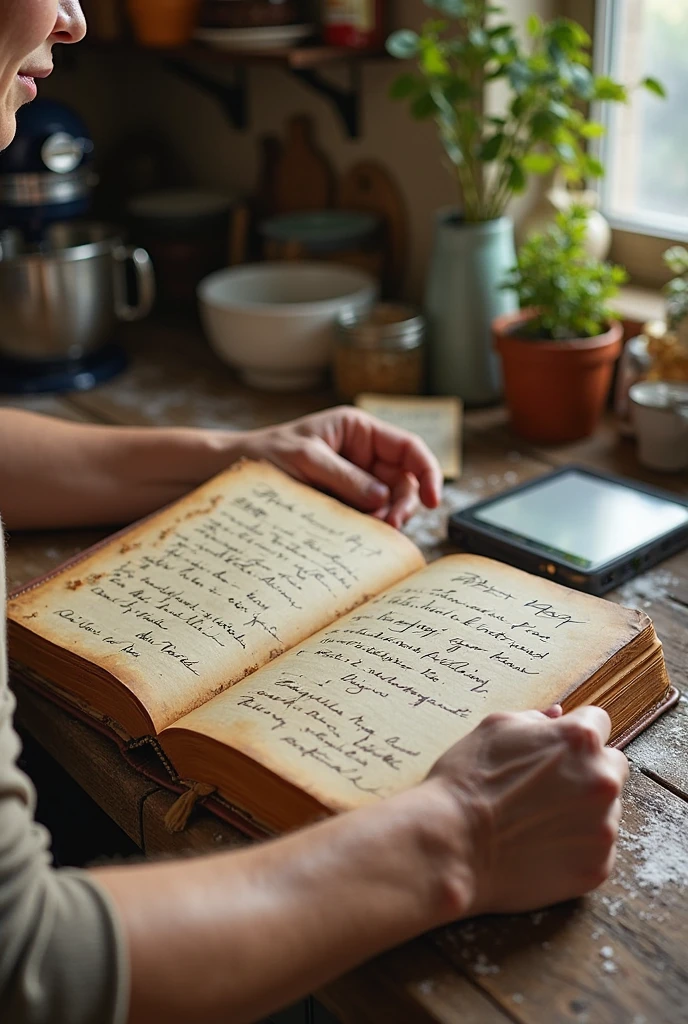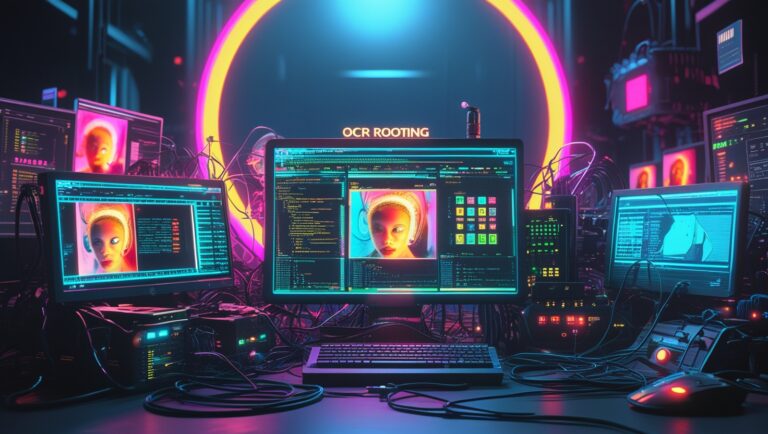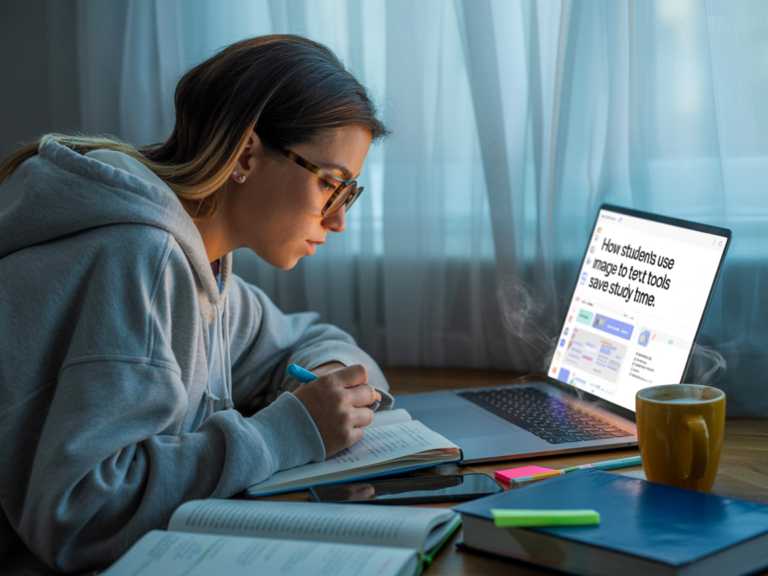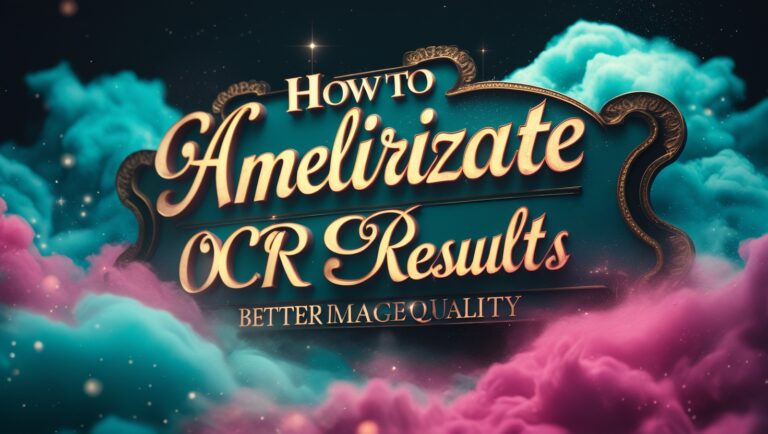Using OCR to Digitize Recipes from Old Cookbooks and Family Notes
As a professional manager who often juggles between work and family traditions, I found OCR tools to be a surprising help in preserving our handwritten recipes. Some of the most cherished dishes in my family come from my grandmother’s stained and fading cookbooks. Many were almost unreadable. That’s when I tried OCR (Optical Character Recognition) to digitize those memories—and it worked wonders.
What Is OCR and Why It Matters for Home Cooks
OCR stands for Optical Character Recognition. It helps turn images of text—like photos or scanned pages—into editable and searchable digital text. This is a big deal for home cooks or anyone with handwritten family notes. Instead of typing everything manually, OCR tools like Adobe Scan and Google Lens can scan your recipes and turn them into usable formats like Word, PDF, or plain text.
When my aunt handed me her mother’s 1950s cookbook, the pages were crumbling. But a quick scan using an OCR tool gave me clean, typed recipes. I didn’t lose the original charm either—I just saved it.
How to Use OCR for Old Cookbooks
Step-by-Step Recipe Digitization
- Choose a reliable OCR app like Microsoft OneNote OCR
- Take a clear photo of the recipe or scan it with a flatbed scanner
- Upload the image to the OCR tool
- Check the text for errors like wrong punctuation or missing words
- Save and organize your digital recipes in folders or cloud storage
Some tools like Tesseract OCR are even free and open-source for tech-savvy users who want full control.
Challenges in Digitizing Handwritten Recipes
Blurry Text and Smudges
Old papers often have smudges, ink blots, and fading. OCR can misread these, leading to wrong words. For example, “baking soda” might turn into “baking sooa.” That’s why proofreading is so important after scanning.
Cursive Writing and Mixed Fonts
OCR tools struggle with cursive or stylized fonts. My grandmother’s neat cursive confused even some of the best OCR apps. That’s where AI-powered OCR like ABBYY FineReader performs better than basic scanners.
Poor Lighting or Shadows
A simple shadow from your hand can confuse OCR software. Always use bright, even lighting. I place my cookbook under a desk lamp to avoid shadows when taking pictures.
Best OCR Tools for Digitizing Recipes

Here’s a quick table comparing top OCR tools for home cooks:
| OCR Tool | Best For | Free Version | Supports Handwriting | Output Formats |
| Adobe Scan | All-around use | Yes | Limited | PDF, Word, Text |
| Google Lens | Quick mobile scans | Yes | Moderate | Text, Google Docs |
| Microsoft OneNote | Handwriting from notebooks | Yes | Good | Text, Word |
| ABBYY FineReader | Old and blurry images | No (Paid) | Excellent | PDF, Word, Excel |
| Tesseract OCR | Open-source advanced use | Yes | Depends on training | TXT, searchable PDFs |
Saving Family Traditions with OCR
Recipes are more than instructions. They are part of family traditions. I still remember scanning my great-grandmother’s carrot pudding recipe. My kids now make it during winter holidays using the digital version we saved. OCR didn’t just save time—it preserved memories.
Organizing Recipes Once Digitized
Once your recipes are digitized, organize them into categories. I use folders like “Grandma’s Specials,” “Holiday Dishes,” and “Quick Dinners.” Cloud storage like Google Drive or Dropbox lets me access them anywhere—even at the grocery store.
Using OCR to Digitize Recipes from Old Cookbooks and Family Notes
OCR for Handwritten Recipes: A Personal Challenge
As a professional manager and someone who enjoys cooking, I’ve often turned to my grandmother’s handwritten notes and stained family cookbooks for recipes. But the real challenge began when I wanted to digitize them. Many were written in cursive or fading ink, making them hard to read and store. I started testing various OCR tools, and I want to share how you can solve these issues too.
One major tip: Adobe Scan and Google Lens do a great job at detecting even lightly faded text. These tools also let you edit and save recipes directly into text or PDF format.
Fixing OCR Errors in Recipe Scans
Even advanced OCR tools make common mistakes like mixing up “½” with “2” or “l” with “1.” When converting these recipes, always proofread the results. Some platforms, like Microsoft OneNote, offer built-in correction tools, making it easier to clean up errors.
Comparing OCR Tools for Recipe Digitization
Here’s a quick comparison of popular OCR tools I’ve tried for this specific task:
| OCR Tool | Handwriting Support | Export Formats | Best Use Case |
| Adobe Scan | Yes (Moderate) | PDF, Text | Clean scans of cookbooks |
| Google Lens | Yes (Good) | Copy to clipboard | Quick capture from recipe cards |
| OneNote | Yes (Good) | Editable Text | Organizing recipes in notebooks |
| Evernote | Yes (Basic) | Note format | Tagging family dishes |
| Tesseract OCR | Yes (Advanced users) | Custom output | Developers building recipe apps |
Preserving Family History with Digital Recipes
Digitizing family recipes is not just for convenience—it’s about preserving your heritage. Tools like FamilySearch Memories allow you to save images and attach stories, which is perfect for recipes passed down through generations. I personally uploaded my mother’s famous pickle recipe, and it now lives safely online with her photo and notes beside it.
Sharing Recipes Digitally with Family
Once your recipes are digitized, sharing becomes easy. Google Docs lets you create a recipe book that family members can edit and comment on. I’ve made a shared folder with my siblings where we add notes like “try this with olive oil instead.”
Tips to Improve OCR Accuracy with Recipes
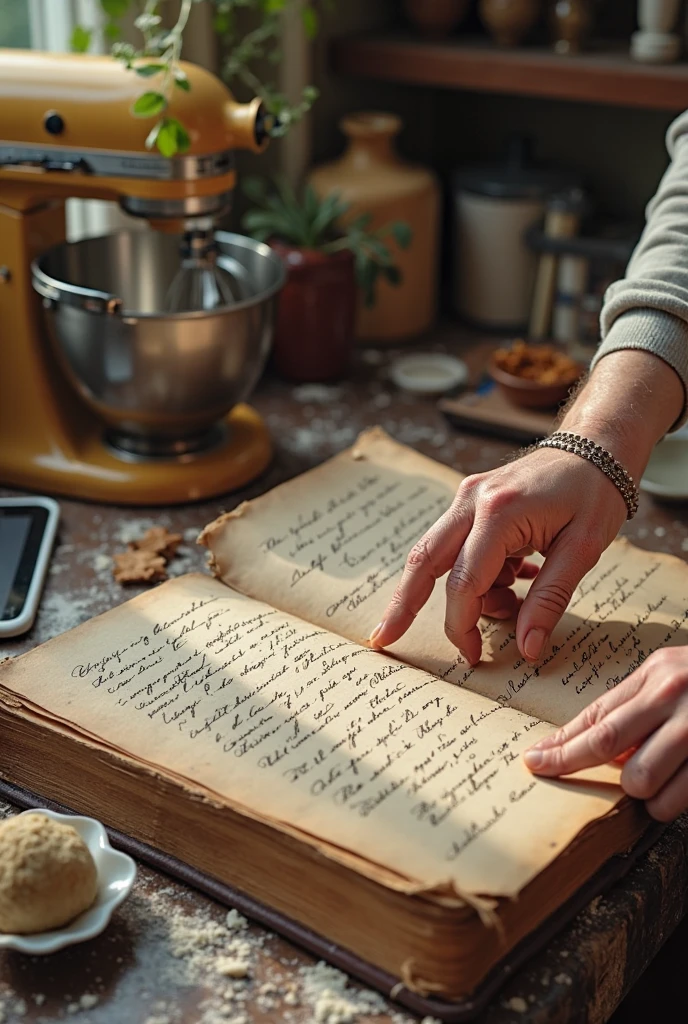
Here are a few tips from my experience that can improve OCR results when dealing with old cookbooks or handwritten notes:
- Scan in good lighting to avoid shadows on the paper
- Flatten the paper completely to avoid text distortion
- Use high contrast settings if your app allows it
- Clean the paper gently to remove smudges before scanning
What to Dao When OCR Fails
If OCR tools fail to capture specific words or messy handwriting, you can always fall back to manual entry. It’s slower but more reliable. I used this method for about 10% of my old recipe scans. You can also use voice typing in Google Docs for a faster alternative.
Digitize Recipes with OCR: Save Old Cookbooks & Notes
